SparkGraphXPregelAPI
Spark GraphX Pregel API
图本身是递归数据结构,顶点的属性依赖于它们邻居的属性,这些邻居的属性又依赖于自己邻居的属性。所以许多重要的图算法都是迭代的重新计算每个顶点的属性,直到满足某个确定的条件。一系列的graph-parallel抽象已经被提出来用来表达这些迭代算法。GraphX公开了一个相似Pregel的操作,它是广泛使用的Pregel和GraphLab抽象的一个融合。
在GraphX中,更高级的Pregel操作是一个约束到图拓扑的批量同步(bulk-synchronous)并行消息抽象。Pregel操作者执行一系列的超级步骤(super steps),在这些步骤中,顶点从之前的超级步骤中接收进入(inbound)消息的总和,为顶点属性计算一个新的值,然后在以后的超级步骤中发送消息到邻居顶点。不像Pregel而更像GraphLab,消息作为一个边三元组的函数被并行计算,消息计算既访问了源顶点特征也访问了目的顶点特征。在超级步中,没有收到消息的顶点被跳过。当没有消息遗留时,Pregel操作停止迭代并返回最终的图。
注意,与更标准的Pregel实现不一样的是,GraphX中的顶点仅仅能发送信息给邻居顶点,并利用用户自定义的消息函数构造消息。这些限制允许在GraphX进行额外的优化。
一下是 Pregel操作(ClassTag[A]):Graph[VD,ED])的类型签名以及实现草图(注意,访问graph.cache已经被删除)
class GraphOps[VD, ED] {
def pregel[A]
(initialMsg: A,
maxIter: Int = Int.MaxValue,
activeDir: EdgeDirection = EdgeDirection.Out)
(vprog: (VertexId, VD, A) => VD,
sendMsg: EdgeTriplet[VD, ED] => Iterator[(VertexId, A)],
mergeMsg: (A, A) => A)
: Graph[VD, ED] = {
// Receive the initial message at each vertex
var g = mapVertices( (vid, vdata) => vprog(vid, vdata, initialMsg) ).cache()
// compute the messages
var messages = g.mapReduceTriplets(sendMsg, mergeMsg)
var activeMessages = messages.count()
// Loop until no messages remain or maxIterations is achieved
var i = 0
while (activeMessages > 0 && i < maxIterations) {
// Receive the messages: -----------------------------------------------------------------------
// Run the vertex program on all vertices that receive messages
val newVerts = g.vertices.innerJoin(messages)(vprog).cache()
// Merge the new vertex values back into the graph
g = g.outerJoinVertices(newVerts) { (vid, old, newOpt) => newOpt.getOrElse(old) }.cache()
// Send Messages: ------------------------------------------------------------------------------
// Vertices that didn't receive a message above don't appear in newVerts and therefore don't
// get to send messages. More precisely the map phase of mapReduceTriplets is only invoked
// on edges in the activeDir of vertices in newVerts
messages = g.mapReduceTriplets(sendMsg, mergeMsg, Some((newVerts, activeDir))).cache()
activeMessages = messages.count()
i += 1
}
g
}
}注意,pregel有两个参数列表(graph.pregel(list1)(list2))。第一个参数列表包含配置参数初始消息、最大迭代数、发送消息的边的方向(默认是沿边方向出)。第二个参数列表包含用户自定义的函数用来接收消息(vprog)、计算消息(sendMsg)、合并消息(mergeMsg)。
我们可以用Pregel操作表达计算单源最短路径( single source shortest path)。
import org.apache.spark.graphx._
// Import random graph generation library
import org.apache.spark.graphx.util.GraphGenerators
// A graph with edge attributes containing distances
val graph: Graph[Int, Double] =
GraphGenerators.logNormalGraph(sc, numVertices = 100).mapEdges(e => e.attr.toDouble)
val sourceId: VertexId = 42 // The ultimate source
// Initialize the graph such that all vertices except the root have distance infinity.
val initialGraph = graph.mapVertices((id, _) => if (id == sourceId) 0.0 else Double.PositiveInfinity)
val sssp = initialGraph.pregel(Double.PositiveInfinity)(
(id, dist, newDist) => math.min(dist, newDist), // Vertex Program
triplet => { // Send Message
if (triplet.srcAttr + triplet.attr < triplet.dstAttr) {
Iterator((triplet.dstId, triplet.srcAttr + triplet.attr))
} else {
Iterator.empty
}
},
(a,b) => math.min(a,b) // Merge Message
)
println(sssp.vertices.collect.mkString("\n"))原文链接: https://www.yukx.com/bigdata/article/details/860.html 优科学习网SparkGraphXPregelAPI
-
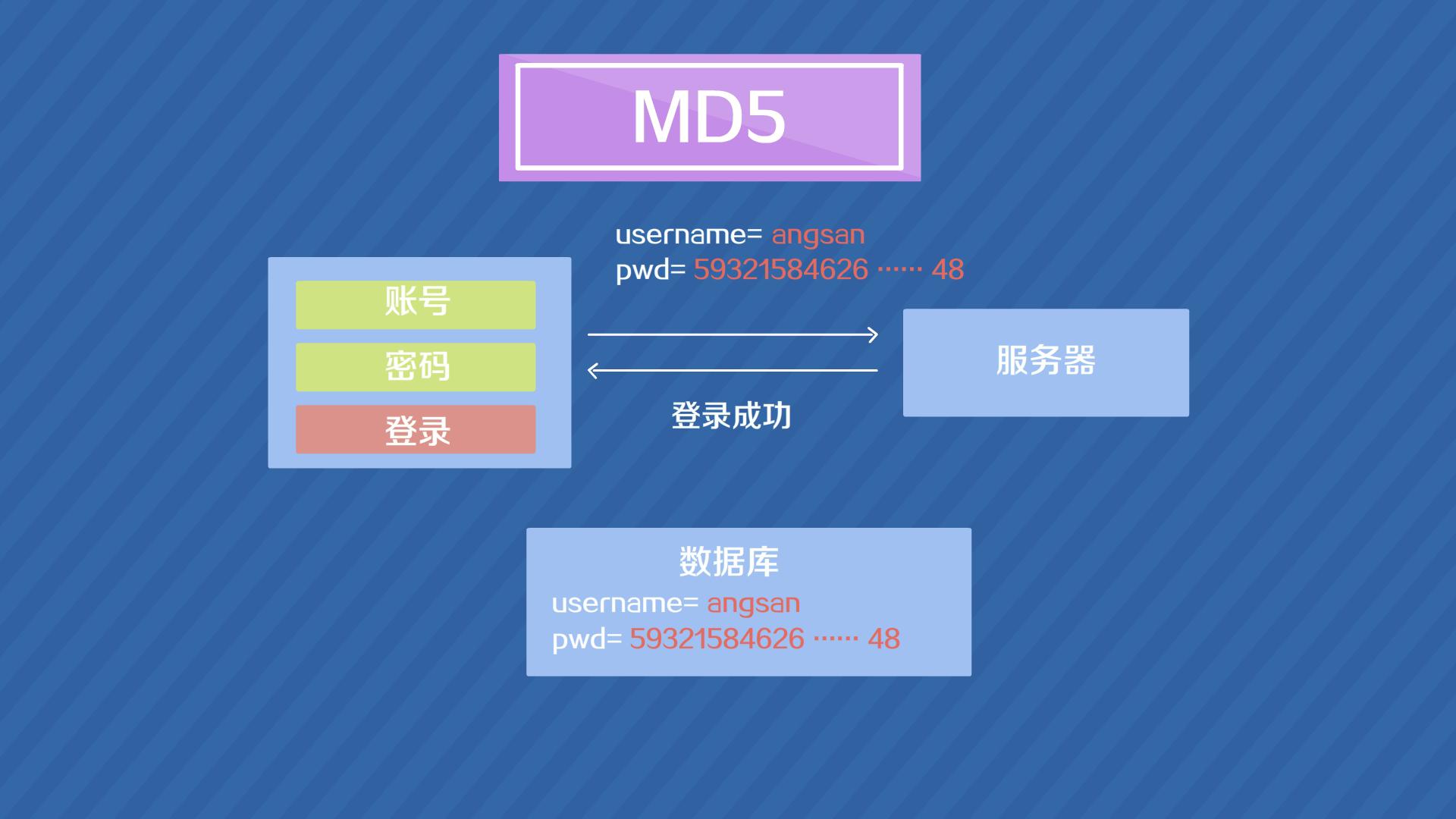 MD5(Message-DigestAlgorithm5)是一种广泛使用的散列函数(哈希函数),由美国密码学家罗纳德·李维斯特(RonaldL.Rivest)在1991年设计。MD5的作用是对任意长度的信息生成一个固定长度(128位,即32个十六进制字符)的“指纹”或“消息摘要”,并且几乎不可能找到
MD5(Message-DigestAlgorithm5)是一种广泛使用的散列函数(哈希函数),由美国密码学家罗纳德·李维斯特(RonaldL.Rivest)在1991年设计。MD5的作用是对任意长度的信息生成一个固定长度(128位,即32个十六进制字符)的“指纹”或“消息摘要”,并且几乎不可能找到 -
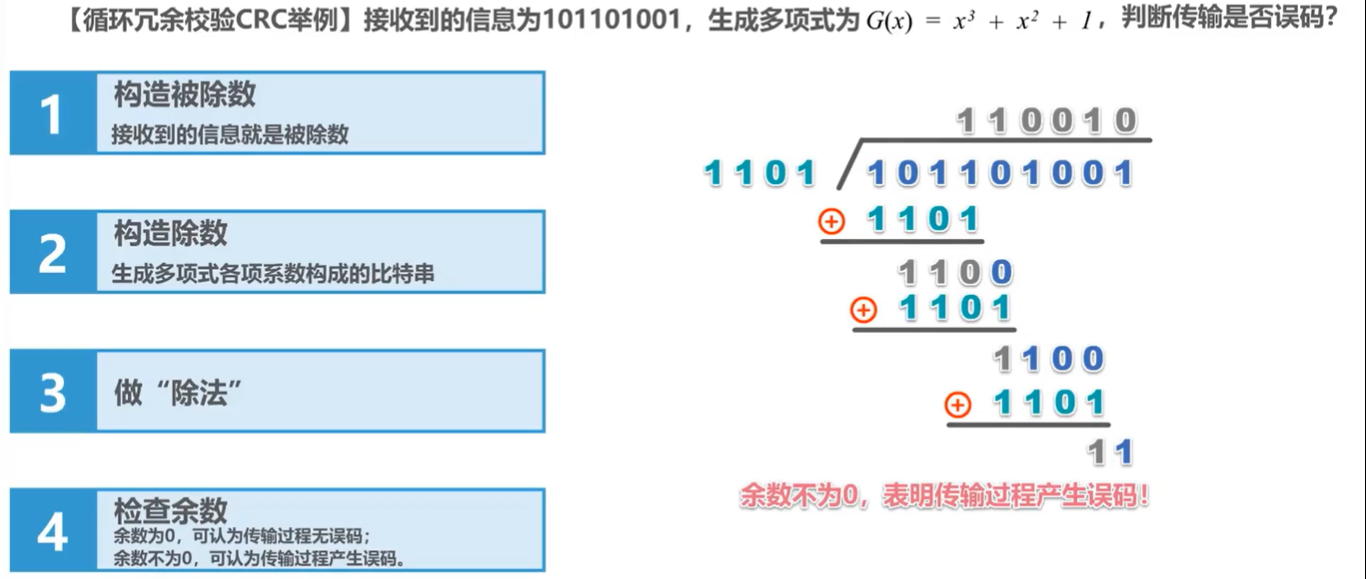 循环冗余校验(CyclicRedundancyCheck,CRC)是一种用于检测数据传输和存储过程中发生错误的技术,属于一种基于数学原理的错误检测编码(ErrorDetectionCoding)方法。它通过在原始数据上附加一个固定长度的校验码,使得接收端可以通过同样的计算规则对收到的数据进行校验,确
循环冗余校验(CyclicRedundancyCheck,CRC)是一种用于检测数据传输和存储过程中发生错误的技术,属于一种基于数学原理的错误检测编码(ErrorDetectionCoding)方法。它通过在原始数据上附加一个固定长度的校验码,使得接收端可以通过同样的计算规则对收到的数据进行校验,确 -
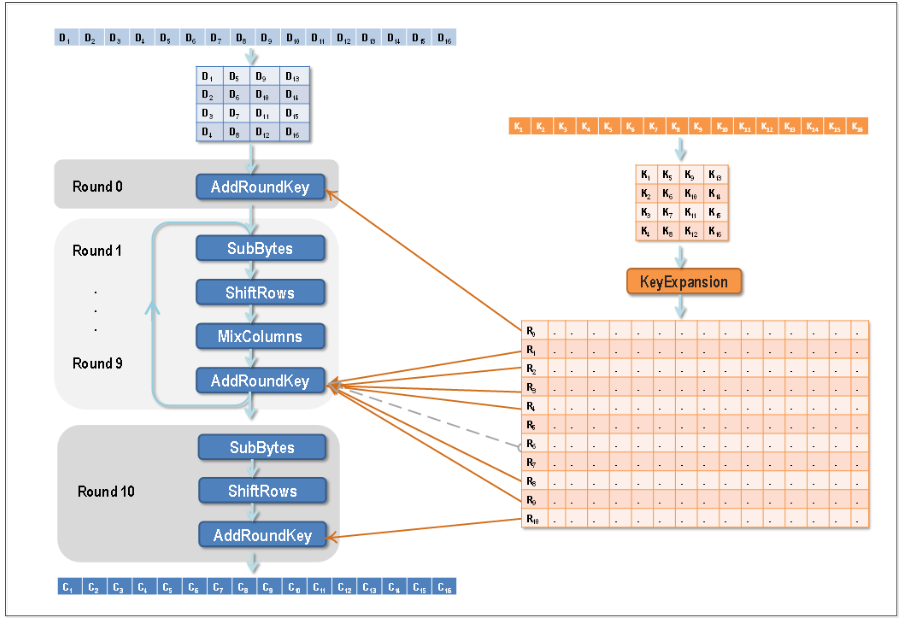 AES(AdvancedEncryptionStandard)是一种广泛使用的对称密钥加密算法,它是美国国家标准与技术研究院(NIST)于2001年制定的加密标准,用于替代原有的DES(DataEncryptionStandard)。AES算法以其高效性、安全性和可靠性而著称,在众多应用领域中被广泛
AES(AdvancedEncryptionStandard)是一种广泛使用的对称密钥加密算法,它是美国国家标准与技术研究院(NIST)于2001年制定的加密标准,用于替代原有的DES(DataEncryptionStandard)。AES算法以其高效性、安全性和可靠性而著称,在众多应用领域中被广泛 -
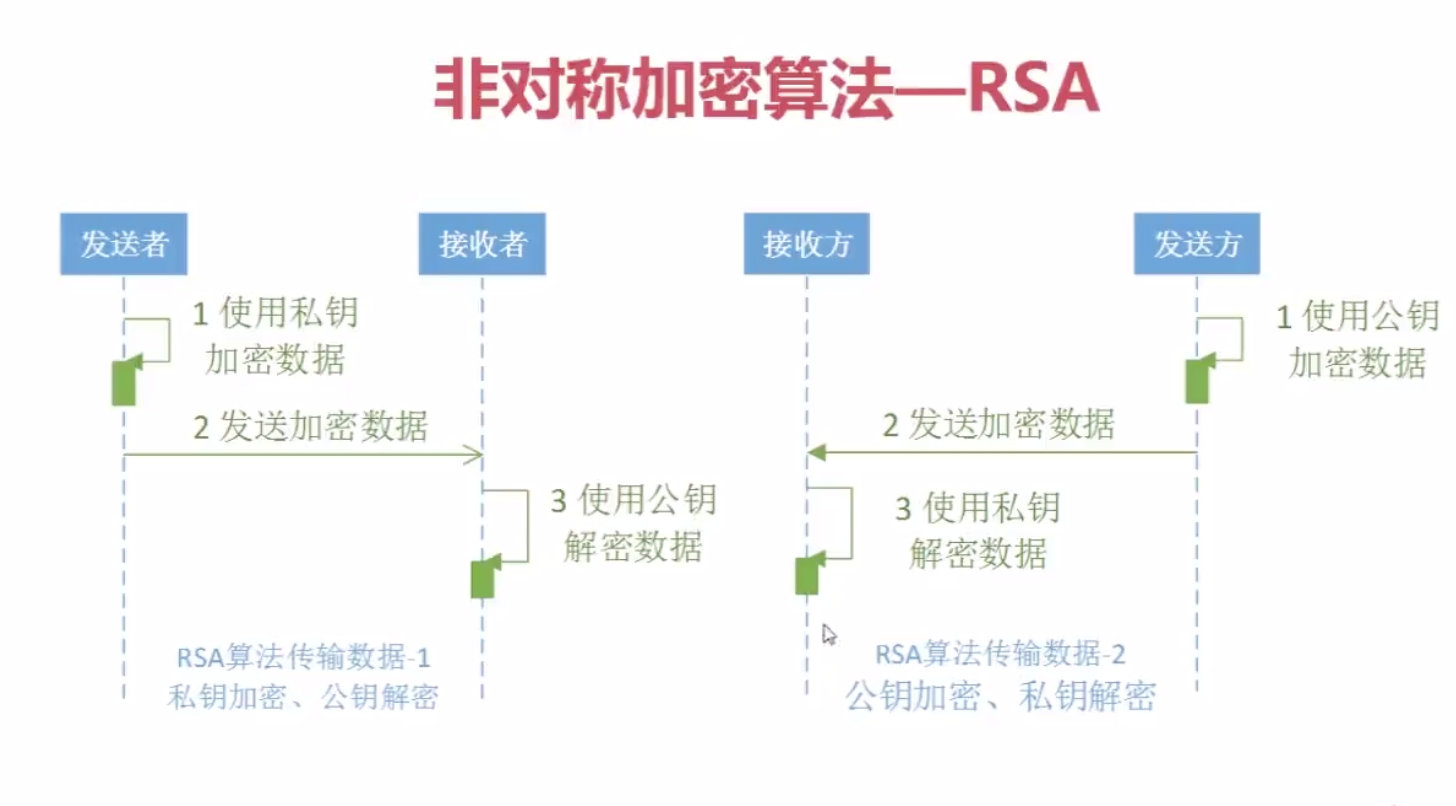 RSA(Rivest-Shamir-Adleman)是一种广泛应用的非对称加密算法,由RonRivest、AdiShamir和LenAdleman在1977年提出。其安全性基于数学上的大数因子分解难题,即对于足够大的两个素数p和q而言,已知它们的乘积很容易,但想要从这个乘积中恢复原始的素数则异常困难
RSA(Rivest-Shamir-Adleman)是一种广泛应用的非对称加密算法,由RonRivest、AdiShamir和LenAdleman在1977年提出。其安全性基于数学上的大数因子分解难题,即对于足够大的两个素数p和q而言,已知它们的乘积很容易,但想要从这个乘积中恢复原始的素数则异常困难 -
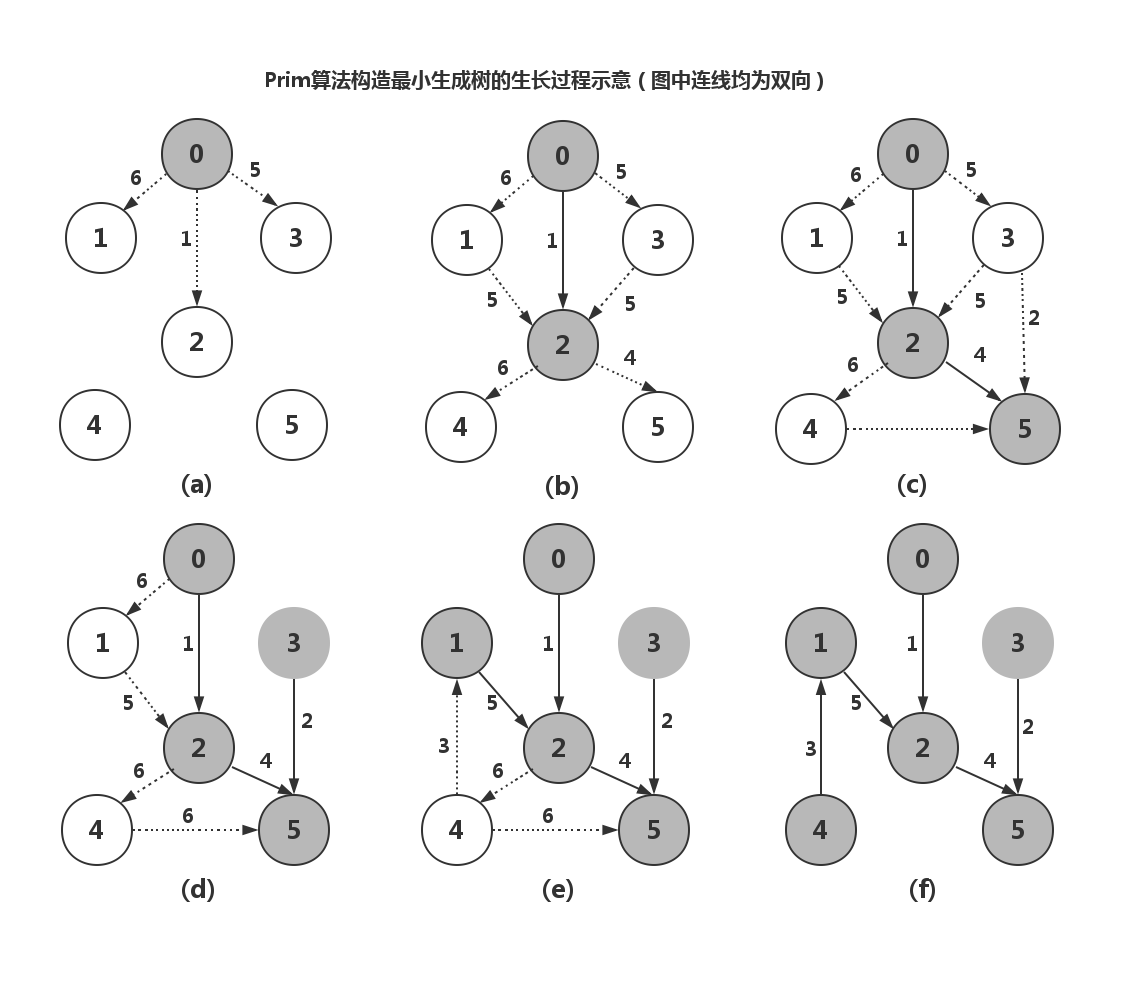 最小生成树(MinimumSpanningTree,MST)是一种图论算法,用于在一个带权重的无向连通图中找到一棵包括所有顶点且总权重尽可能小的树。常见的最小生成树算法有两种:Prim算法和Kruskal算法。Prim算法原理:Prim算法是一种贪心算法,它从图中的一个顶点开始,逐步增加边,每次都添
最小生成树(MinimumSpanningTree,MST)是一种图论算法,用于在一个带权重的无向连通图中找到一棵包括所有顶点且总权重尽可能小的树。常见的最小生成树算法有两种:Prim算法和Kruskal算法。Prim算法原理:Prim算法是一种贪心算法,它从图中的一个顶点开始,逐步增加边,每次都添 -
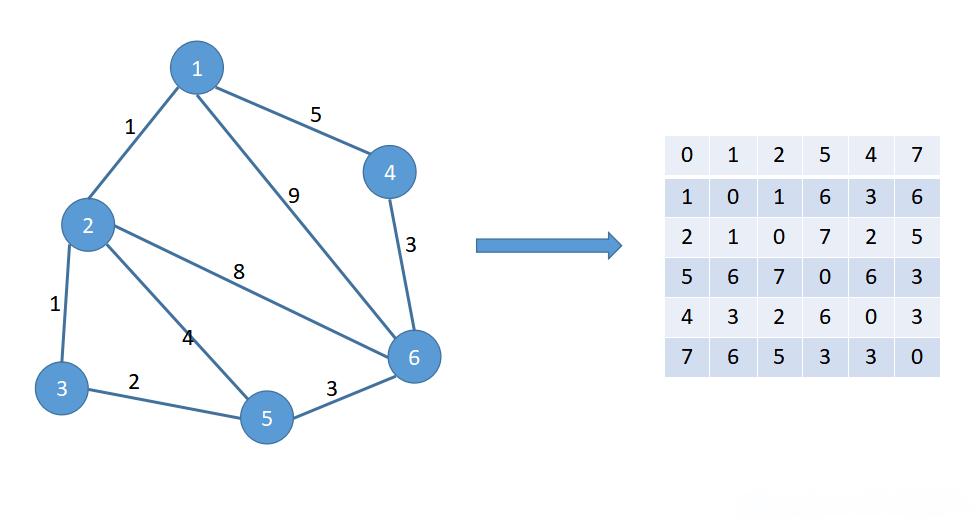 关于最短路径算法的Java实现,这里简述一下几种常用的算法及其基本原理,并给出一个Dijkstra算法的基本实现框架。Dijkstra算法(适用于无负权边的图)Dijkstra算法用于寻找图中一个顶点到其他所有顶点的最短路径。它维护了一个距离表,用来存储从源点到各个顶点的已知最短距离,并且每次都会选
关于最短路径算法的Java实现,这里简述一下几种常用的算法及其基本原理,并给出一个Dijkstra算法的基本实现框架。Dijkstra算法(适用于无负权边的图)Dijkstra算法用于寻找图中一个顶点到其他所有顶点的最短路径。它维护了一个距离表,用来存储从源点到各个顶点的已知最短距离,并且每次都会选

